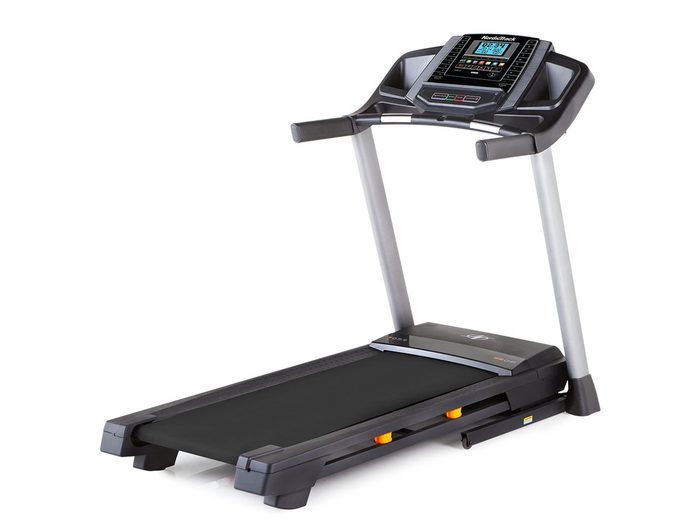
The Treadmill
A staple at most gyms, treadmills are popular for good reason: They accommodate almost any fitness level and goal. “Treadmills are a great way to burn calories and help with weight loss because they simulate a real-life movement: walking or running,” says Colin Westerman, a personal trainer at Rep 1 Fitness in Vancouver, B.C.
There’s one trick, though, that boosts your ability to burn calories on a treadmill: “You have to bear the load of your bodyweight,” says Westerman. That means no holding onto the treadmill’s side handles as you walk or run.
“You have to keep up to the speed of the belt on a treadmill so you cannot rest or take it easy,” says Westerman. There’s also the calorie-zapping incline feature, allowing you to kick up the intensity without having to move faster or break into a run if you prefer a joint-friendly walk.
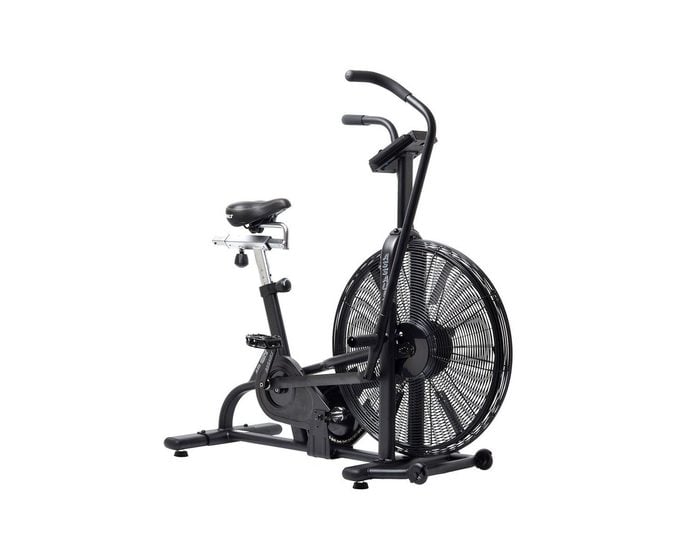
The Fan Bike
Air-bikes, also called fan bikes, are known for providing high intensity workouts (but also good for moderate riding). Unlike traditional stationary bikes, air-bikes have moving handles, so your upper body also engages as you pedal. And because your body’s movements control the intensity, the bike is especially useful for interval training. “Fan bikes allow you to perform at a very high intensity with minimal joint strain and impact,” says Shane Kups, a personal trainer and Program Coordinator at Bankers Hall Club in Calgary. Bonus: The front wheel on these bikes is literally a fan, so the harder you pedal, the more cooling effect you get as you sweat.
Try: Assault AirBike or Cascade Air Bike
(Related: Curious about the Peloton bike? Read our editor’s review.
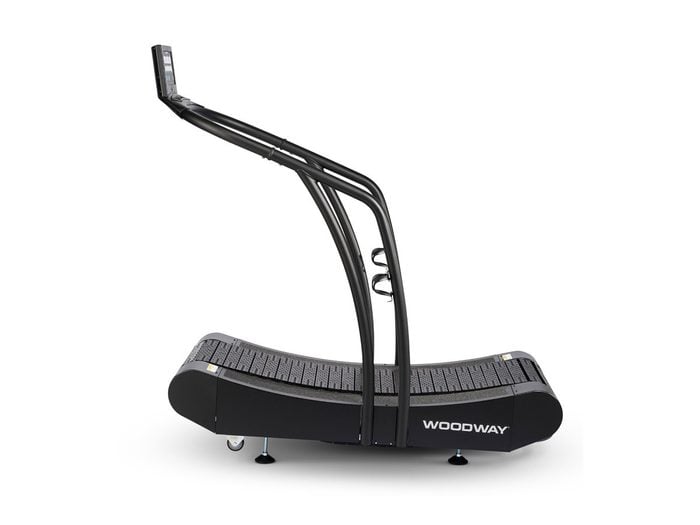
The Non-Motorized Curved Treadmill
Different from a standard treadmill, a curved, non-motorized one only moves when you move, adjusting its speed in real time based on your pace and rhythm. “Because the treadmill is self-powered, you must use more force while running,” says Kups. Additional benefits: The curved design provides less impact on joints than outdoor running and is especially effective for working glutes and hamstrings.
Try: Assault AirRunner or Woodway CURVE
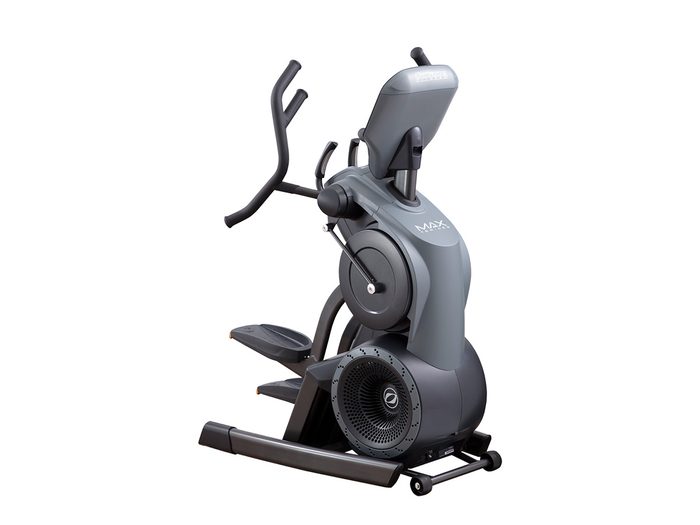
The Elliptical Machine
Ellipticals are staples in most gyms, but the latest versions are stacked with high-tech, touchscreen consoles meant to put you through the paces with high-intensity interval training (HIIT), a hot fitness trend. Look to the newest ellipticals for features that allow you to quickly and conveniently go from full-throttle effort to a light/moderate recovery pace, and back again.
Try: Octane MT8000 with built-in calorie meter and HIIT programming
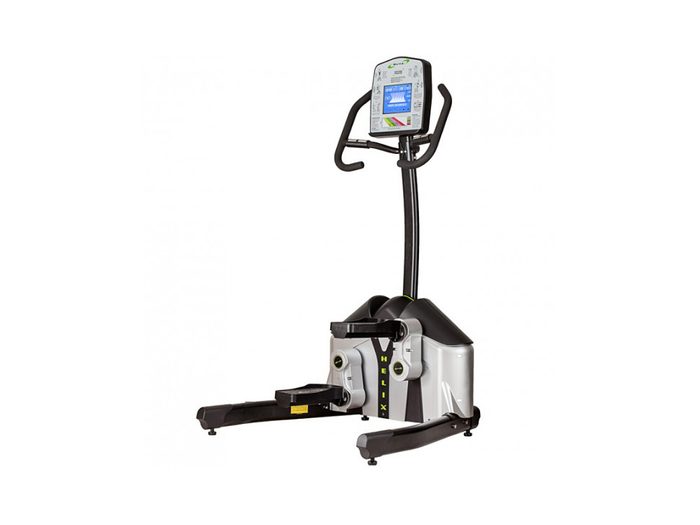
The Lateral Trainer
A lateral trainer is similar to an elliptical machine, but you move your legs side to side instead of forward and back. Since cardio machines commonly promote a forward-and-backward motion, shaking up your workout with a sideways motion amps up intensity. Plus, you’ll likely target and strengthen muscles in a new way: “Lateral movement, such as what you get with lateral trainers, can really ‘wake up’ the glutes,” says Kups. (Psst: You’d be surprised at what actually counts as cardio.)

The Ski Machine
Ski machines have been around forever and it makes sense why: they rank high when it comes to zapping calories because they recruit so many large muscle groups. What’s trending these days, though, is the SkiErg machine, found in many CrossFit locations. This machine simulates cross-country skiing and is quite similar to a rowing machine, but with a vertical orientation. The goal is to pull both the machine’s cables downward at the same time, similar to how you’d use ski poles. Works the legs, arms and core. If a strong core is your goal, these ab exercises are even better than sit-ups.
Try: Concept 2 SkiErg
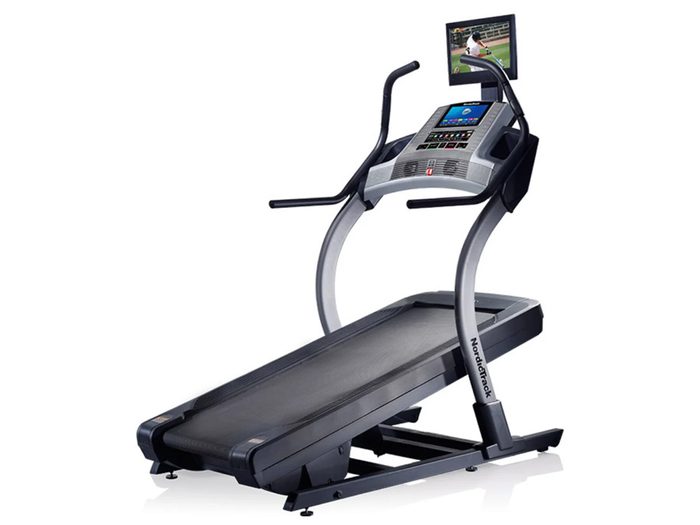
The Incline Trainer
A cardio machine that literally ramps up what the average treadmill can do, incline trainers instantly make running more challenging and are a good choice for low-impact power walking, as well. The key to their intensity is the steep incline, simulating hill climbing at more of a slope than what most treadmills offer, which does wonders for raising heart rate and building leg muscles.
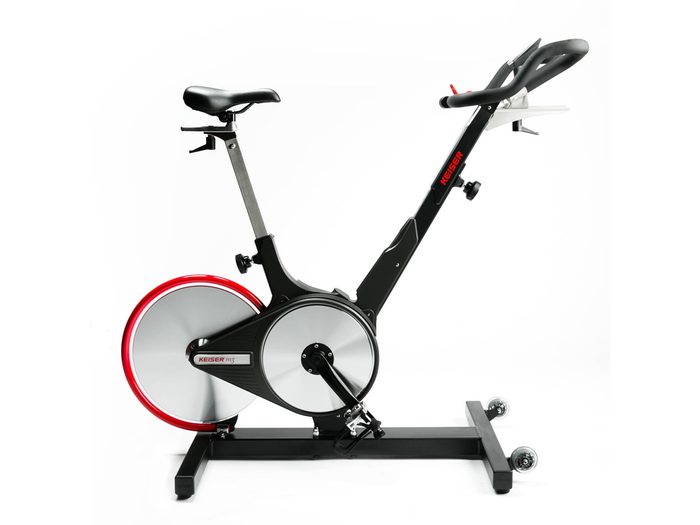
Group Cycling Bikes
Most gyms have stationary bikes, but a different class of bikes can often found in the group exercise studio — whether you ride them as part of a class or cycle solo. “Indoor bikes for group cycling tend to fit a rider differently than a stationary bike,” says Krista Popowych, a Vancouver, B.C.-based fitness expert and Master Trainer for Keiser, a company that creates exercise equipment, including bikes and education for group cycling. “These bikes allow for more adjustment points, such as seat height, saddle fore and aft [front and back] position, handlebar height and handlebar fore and aft position.” The more you can tailor the bike’s fit to your body, the more comfortable the ride.
“Indoor bikes also have a very smooth pedalling ‘feel’ to them,” says Popowych, “because they’re built to mimic outdoor riding.” For this reason, they complement exercise techniques like interval training.
Try: Keiser Bike or Soul Cycle
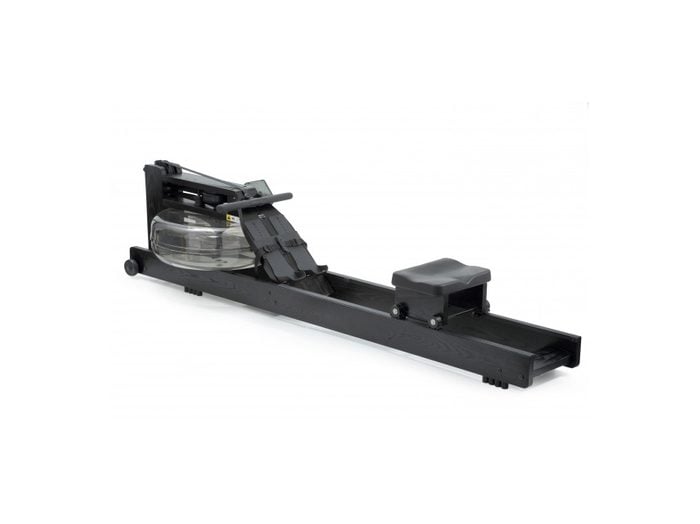
Rowing Machines
Rowing machines have made a comeback. Some are even calling it the newest fitness craze. “The extremely smooth action, comfortable seat and ergonomically designed handle allow you to challenge yourself both with intensity and duration. This is a perfect recipe for calorie burn”, says Josh Crosby, World Champion rower and key rowing advisor to Orangetheory Fitness in Boston.
If you think rowing only works the arms and back, think again. “The machine utilizes more than 80 percent of your muscle mass, taking the body through a dynamic range of motion,” says Crosby. “By spreading the workload over the entire body, you’re able to work at a higher intensity or go longer.”
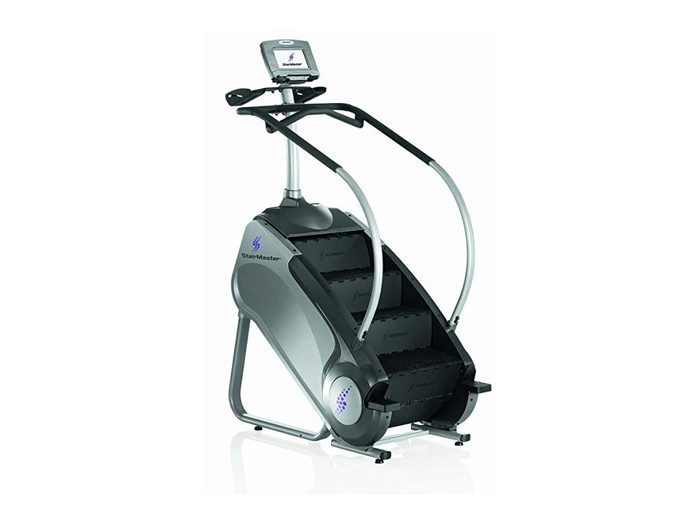
The StepMill by Stairmaster
Sort of like a fast-moving escalator for the gym, this machine stimulates climbing stairs — except the steps actually move. “This is one of the hardest pieces of cardio equipment,” says Westerman. “It’s like a treadmill with stairs. You’re working against gravity, essentially going up a flight of stairs, and you’re forced to bear most of your bodyweight.”
“Plus,” adds Westerman, “you have to lift your foot off of the step and up onto the next step as opposed to a Stairmaster or elliptical trainer, where your feet stay planted on one step for the duration of the workout. This extra movement causes more work.”
Next: Need Fitness Inspo? Follow These 9 Amazing Canadian Women Now
